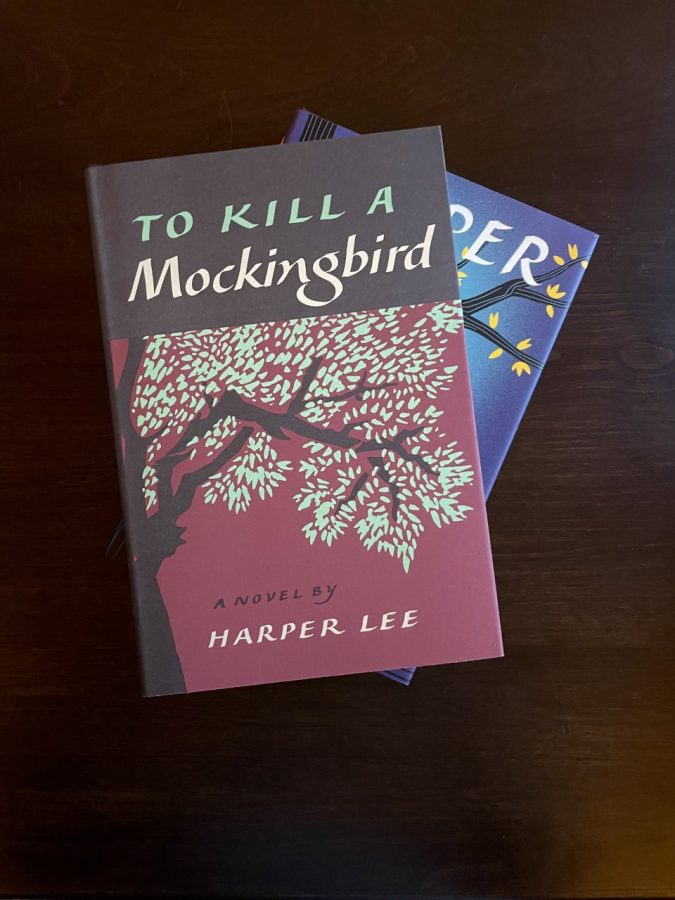Teaching “Mockingbird” is a must in today’s racial climate
In May 2020, a forty-six year old man named George Floyd was killed by police in Minneapolis, an incident that should have shocked and disgusted a country. Instead, it became a global debate about whether systemic racism exists in the United States or if it was Floyd’s fault. To Kill a Mockingbird tells the story of a white lawyer defending a black man during the Jim Crow era, a coming of age story demonstrating two kids dealing with the racism in their area, and their scary neighbor. All three plots weave together to create a story that denounces prejudice and teaches fundamental lessons. George Floyd’s story brought fear to the African American community that the white population had no understanding of. Mockingbird demonstrates the white perspective of systemic racism, and how to overcome it.
Critics argue that the repeated use of the n-word in To Kill a Mockingbird is vulgar and offensive; however, that does not mean it is not a part of history, and still used in a casual fashion today. According to a survey of seventeen students, all seventeen of the students said that they have heard the n word used on our campus. That being said, the point of education is to teach things that actually happened in the world, and sometimes that is, and should be, uncomfortable. Hearing the n-word be used to directly insult someone because of the color of their skin should make students uncomfortable and open their eyes to the idea that saying the word as if it means nothing is going backwards in history. One student who participated in the survey stated that they hear the n word being used on campus “all day, everyday.”
While reading the novel, readers will start to notice that the characters using the n-word to directly insult a black person are the characters you dislike the most. The worst characters using the worst slurs should be viewed as insensitive and profane; it is how people see how harmful the word is. Therefore, critics should be arguing that the excessive use of the n-word in To Kill a Mockingbird is uncomfortable, but they should also be acknowledging that the word making students uncomfortable can be beneficial to their understanding of how harmful it is.
To Kill a Mockingbird teaches the history of America’s systemic racism issue. In America, history and facts are often forgotten or ignored to prove a political argument to be true; however, I think teaching the importance of this history can push someone’s thought process further than them wanting to be correct. Teaching the history of the Jim Crow era from a white person’s perspective allows people who refuse to acknowledge the racist issues in America that it is not just a few articles that the media convinces you to be true, but the roots of America’s prison and court systems as a whole.
Head of the English department, Mrs. Jackson says, “The novel deals with topics like social class, the justice system, and racism in a way that is not threatening, and because that is so, people are not immediately turned off, thus they are more apt to be learning its lesson.”
The more people read To Kill a Mockingbird, the more people realize that although some of the topics are less extreme today, they are still incredibly relevant to modern day America. Modern day America is two sides seeking two completely opposite goals for their country; this is something that is represented in Mockingbird with almost every issue addressed.
This story originally appeared in the print edition of the Orange R in December 2023.
Your donation will support the student journalists of Roseburg High School. Your contribution will allow us to purchase equipment and cover our annual website hosting costs.

